How to pick the right Google Business Profile categories
Choose effective primary and secondary GBP categories to improve your search rankings and connect with more local customers.
Categories on your Google Business Profile (GBP) are among the top factors for local search rankings.
It’s essential to choose the right primary and secondary categories to ensure your business appears in relevant searches.
If you’re unsure how to select the best categories for your GBP, this article will guide you through the process.
How to choose the best primary category for GBP
Choosing the right primary category for your business isn’t always straightforward.
The many relevant options in industries like dentistry or HVAC can make selecting the best fit challenging.
Since the primary category has the most impact on ranking your Google Business Profile for relevant searches, it’s essential to identify the optimal choice.
This process becomes much easier if you have access to Places Scout – a local rank-tracking tool with a GBP category selection feature.
Run a report for your top keywords, go to the Leads section, create a LeadGen Report, and click on Category Analysis to view the primary categories competitors are using successfully.
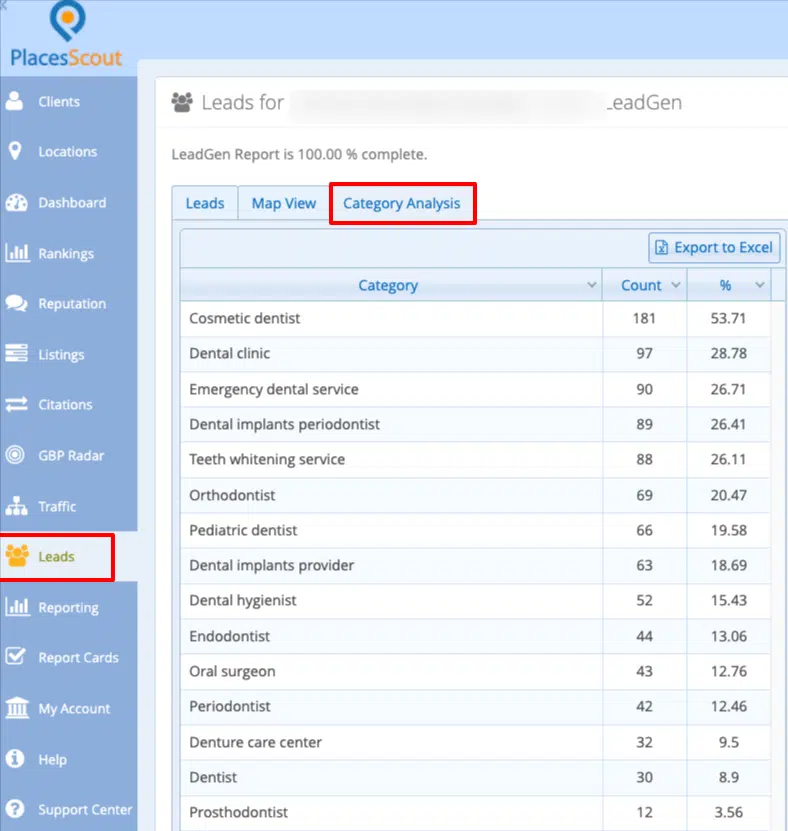
Now, you can see a list of all the categories the competitors ranking for your top keywords are using on their listings.
Alternatively, you can download a free extension from PlePer. When you click on a GBP listing, the extension will pop up a ton of info about the listing, including all the categories they use.
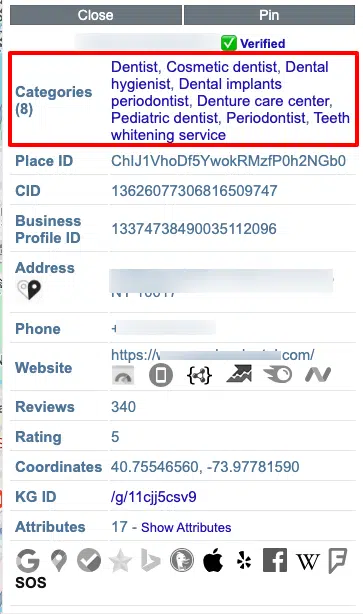
The first category on the list is the primary category. Look at all the top competing listings in your area and note the primary categories they are using.
Once you know the primary categories the competition uses most often, you can decide which primary category is best for your listing.
Test different primary categories to see which provides the best ranking boosts for your top keywords. Just don’t change the categories too often.
Wait a few weeks after a category change to assess rankings and change the category again if necessary.
Dig deeper: 6 Google Business Profile questions asked and answered
GBP secondary category optimization
Although the primary category may be the most important in terms of the ranking value it provides, your listing can have nine secondary category spots.
I typically recommend filling all nine secondary slots with relevant categories whenever possible.
You can use the same tools I mentioned above to find the most relevant secondary categories. You can also try Jepto’s Google Business Profile Discovery tool to help you find more relevant categories.
Google constantly changes, removes and adds new categories to GBP. Make sure to check monthly or quarterly for additional relevant categories you may want to add to your listing.
Also, keep in mind that categories can have different names depending on where in the world you are located.
For example, in Australia they have a category for “tradesmen” that is not offered in the U.S. or Canada.
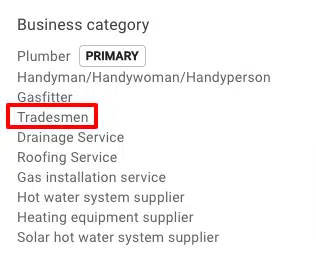
If you are working with a global business, it’s important to ensure you add the most relevant categories based on the region.
Predefined services
Another major benefit to adding secondary categories is that under each category, there is an option to select pre-defined services.
Pre-defined services can help boost rankings a bit, so as you are adding secondary categories, make sure to click on each one and check off all relevant services.
The categories “Contractor” and “Handyman/Handywoman/Handyperson” are extremely similar, but they have some unique services under each.
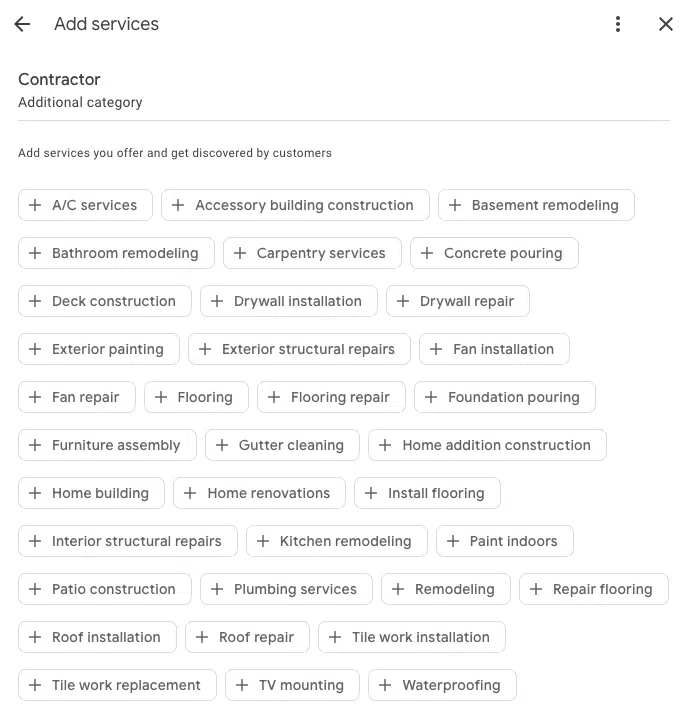
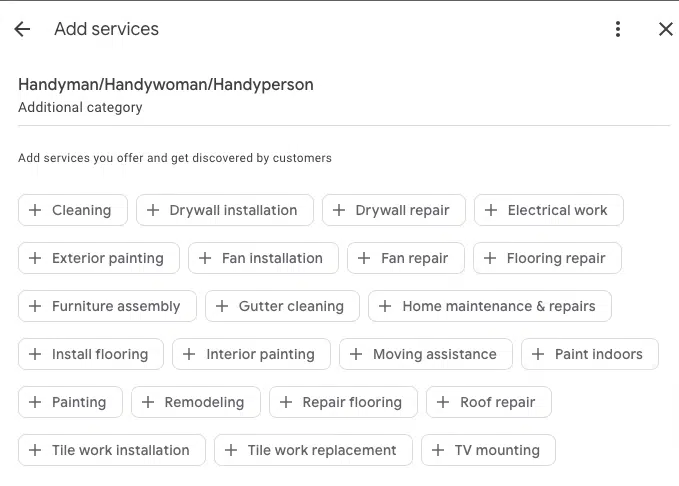
Jepto’s Google Business Profile Discovery tool can also help here, as it will tell you all the services associated with each category.
Dig deeper: 5 top tips to boost your local SEO efforts
Can you switch the primary category depending on the season?
Absolutely! This is a vital strategy for seasonal businesses like HVAC, lawn care, farms and more.
Adjusting the primary category to match seasonal demand allows these businesses to optimize their visibility for relevant searches year-round.
If you’re in the HVAC industry, make sure to switch your GBP category from “air conditioning repair service” to “furnace repair service” at least a few weeks before the cold weather hits.
This ensures Google has time to reassess your business profile and rank it for furnace and heating terms.
Many other industries also benefit from this strategy. For example, a lawn care business that does snow removal in the winter will want to switch its primary category from “lawn care” to “snow removal service” a few weeks before the first snowfall hits.
Suppose your business operates a haunted house during the fall. In that case, there’s a specific category for that, which can boost your profile’s relevance and give you a competitive edge in “haunted house near me” searches.

Once the Halloween season ends, you can easily switch to a more relevant category for the winter months to maintain visibility for your core services.
Avoid the local filter with strategic category tactics
If you have multiple listings verified at the same address, such as a practitioner or department listing, it’s crucial to carefully select categories for each.
Overlapping categories can trigger Google’s local filter, reducing your visibility. To avoid this, ensure that each listing at the same address has distinct categories.
For example, a dental clinic with both a main office listing and a practitioner listing should assign unique categories to each.
The main office might use “dentist,” while the practitioner listing could use “emergency dentist” or “pediatric dentist.”
You need to confirm using local rank tracking grids that the listings are not actually filtering each other. Even if they have separate categories, this filtering can still happen if the categories are too similar.
If you see an irregular pattern with inverted pins (like the one below), the local filter is likely at work.
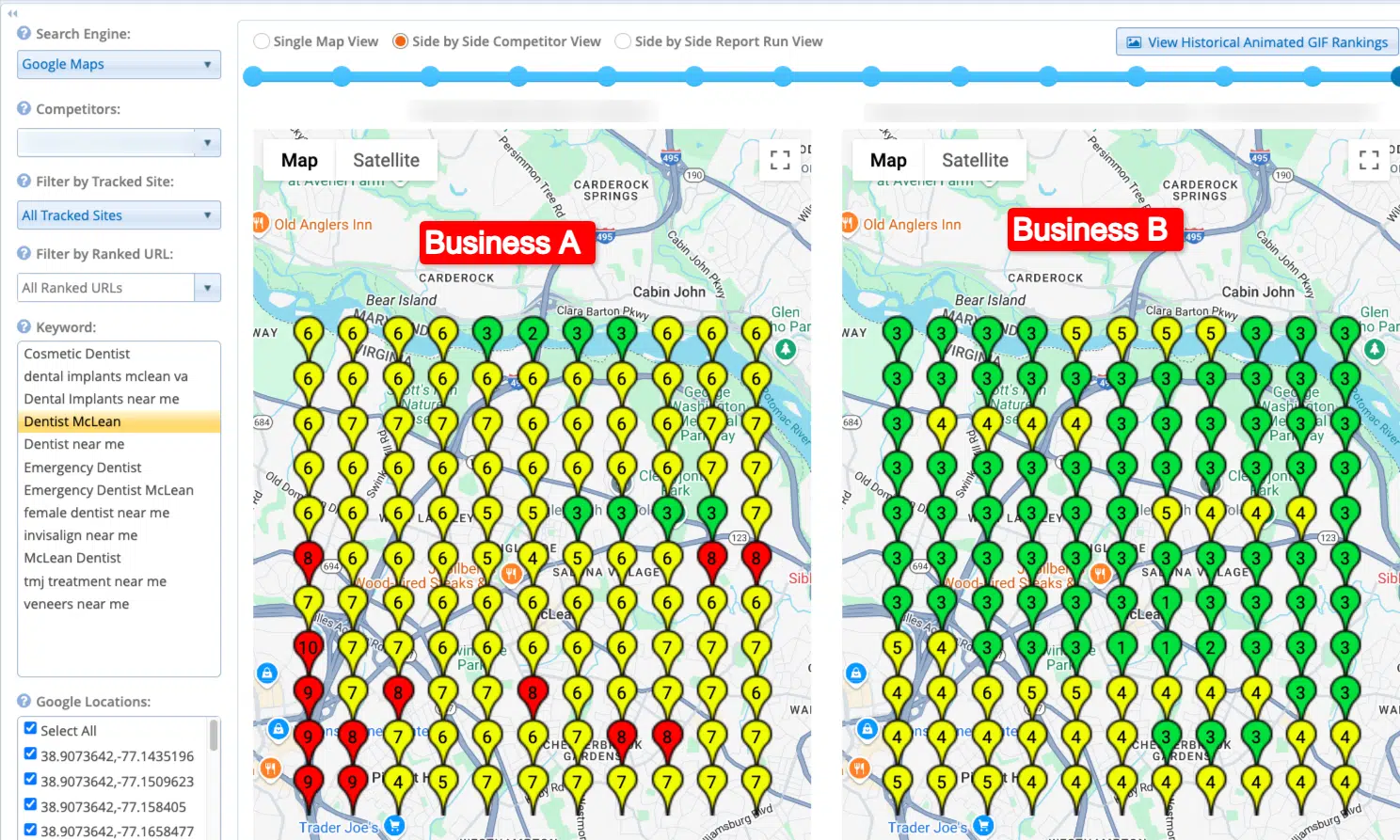
You can also use category optimization to get your listing unfiltered if you are being filtered by nearby business listings you don’t have control over.
For example, realtors tend to have major issues with the local filter when many individual realtor listings are verified to the same broker’s address.
If you’re in a position like this, try changing your primary category to something none of the other listings use.
Dig deeper: 11 local SEO tools you should be using
Contributing authors are invited to create content for Search Engine Land and are chosen for their expertise and contribution to the search community. Our contributors work under the oversight of the editorial staff and contributions are checked for quality and relevance to our readers. Search Engine Land is owned by Semrush. Contributor was not asked to make any direct or indirect mentions of Semrush. The opinions they express are their own.


